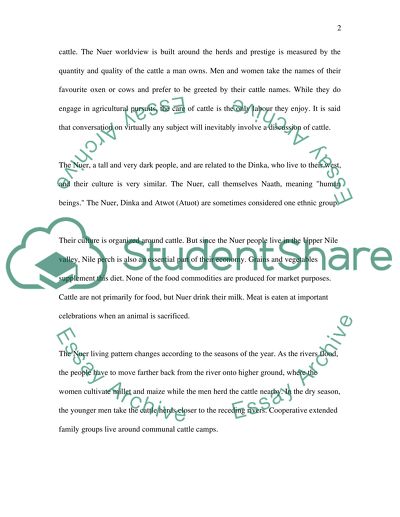Cite this document
(“The life of a nuer cow Essay Example | Topics and Well Written Essays - 1500 words”, n.d.)
The life of a nuer cow Essay Example | Topics and Well Written Essays - 1500 words. Retrieved from https://studentshare.org/history/1502408-the-life-of-a-nuer-cow
The life of a nuer cow Essay Example | Topics and Well Written Essays - 1500 words. Retrieved from https://studentshare.org/history/1502408-the-life-of-a-nuer-cow
(The Life of a Nuer Cow Essay Example | Topics and Well Written Essays - 1500 Words)
The Life of a Nuer Cow Essay Example | Topics and Well Written Essays - 1500 Words. https://studentshare.org/history/1502408-the-life-of-a-nuer-cow.
The Life of a Nuer Cow Essay Example | Topics and Well Written Essays - 1500 Words. https://studentshare.org/history/1502408-the-life-of-a-nuer-cow.
“The Life of a Nuer Cow Essay Example | Topics and Well Written Essays - 1500 Words”, n.d. https://studentshare.org/history/1502408-the-life-of-a-nuer-cow.


